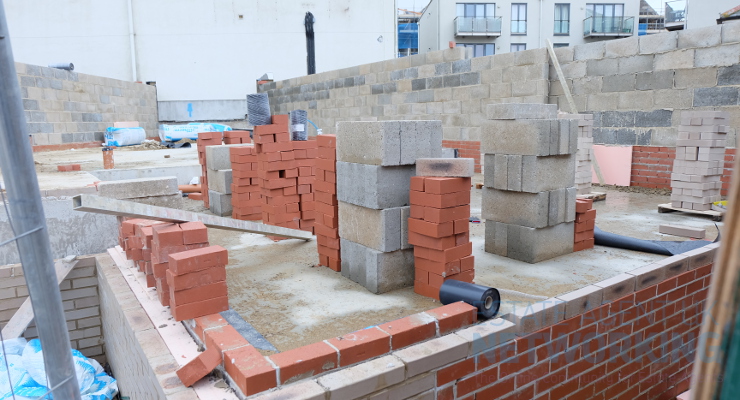Rightmove House Price Index – 2020 forecast of 2% price rise as election gives window of certainty
- Rightmove predicts 2% rise in price of property coming to market in 2020 as majority government gives home-movers a window of certainty for an active spring moving season
- Demand for property remains resilient as we move into 2020, though lack of supply is a concern:
- The monthly decrease (-0.9%) is the smallest at this time of year since December 2006, showing that sellers and their agents think that demand is strong
- Demand outstripping supply: number of sales agreed so far in 2019 down by just 3% on 2018, while number of properties coming to market down by 8%
- Fundamentals remain sound with low interest rates, lenders competing to lend, high employment, and wage growth helping buyer affordability
2020 forecast:
Rightmove predicts that the price of property coming to market in Britain will rise by 2% in 2020. Home-mover confidence and activity have been dogged by political uncertainty since the 2016 referendum. With a clear majority in the election, there is now an opportunity to release some of the pent-up demand in the spring, and for some modest upwards price movement. Sellers’ pricing power will be enhanced by a lack of choice for potential buyers, with the proportion of estate agent stock that is available for purchase at its lowest for over two years.
Miles Shipside, Rightmove director and housing market analyst comments: “The greater certainty afforded by a majority government gives an opportunity for a more active spring moving season, with some release of several years of pent-up demand. Given the Brexit track record to date, further political twists and turns should not be ruled out, though with a large majority there is a higher possibility of an end to the series of Brexit deadlines, and the prospect of an orderly resolution. Rightmove measures the prices of 95% of property coming to market, and we predict that buyers and sellers will on average see a 2% rise in those prices by the end of 2020. While this is over twice the current annual rate of 0.8%, it’s still a relatively marginal increase as it’s a price-sensitive market. There will be regional variations. London is finally showing tentative signs of bottoming out, and we expect a more modest price rise of +1% in all of the southern regions where buyer affordability remains most stretched. In contrast, the largest increases will be in the more northerly regions, repeating the pattern of 2019 with increases in the range of 2% to 4%.”
2020 demand and supply indicators:
Demand has shown remarkable resilience in the face of the uncertain outlook and various disruptive Brexit deadlines since the 2016 referendum. One year ago we forecast that there would on average be no upwards price movement, with 2019 seeing a subdued 0% price change given the uncertain outlook and stretched buyer affordability. 2019’s annual rise stands marginally above our forecast at 0.8%, with a stronger than anticipated end to the year. This month’s 0.9% fall is the smallest at this time of year since December 2006. Prices are being under-pinned and pushed upwards by demand outstripping supply. Demand from buyers has remained almost level, with the number of sales agreed so far in 2019 down by just 3% on 2018 despite the political uncertainty. In contrast, the number of properties coming to market is down by 8%.
Shipside observes: “With much of the political uncertainty removed, we expect that the number of properties for sale will recover as more new sellers come to market, making up some of this year’s lost ground. However, property supply is still limited, with estate agents having the lowest proportion of properties available for sale in two years, and this will fuel modest gains in the national average asking price of property coming to market. The fundamentals remain sound with low interest rates, lenders competing to lend, high employment, and average wage growth outstripping house price growth and helping buyer affordability. The statistics for 2019 encouragingly show that the ‘have-to’ and ‘life-stage’ markets have been carrying on, and we hope that the more certain outlook would encourage many would-be discretionary movers to finally get off the fence.”
But 2020’s housing market will still fall short of capacity, and the factors to allow it to return to full health will only be in place when Brexit is well in the past. The final deal with the EU and trade deals with many other countries are still to be negotiated, and Brexit will continue to dominate the political agenda. In addition, the main driver of a healthy sustainable market is steadily improving affordability and while this is moving slightly in the right direction, more needs to be done to help aspiring first-time buyers.
Shipside adds: “First-time buyers are the drivers of the market. Too many are struggling to save the necessary deposits, and not all of them want to buy a new-build home through Help To Buy. More ways of getting more people onto the ladder would help to limit rising rents, increase liquidity and transaction numbers in the housing market, and make the dreams of their own roofs above their heads a reality for many more of the younger generation.”








